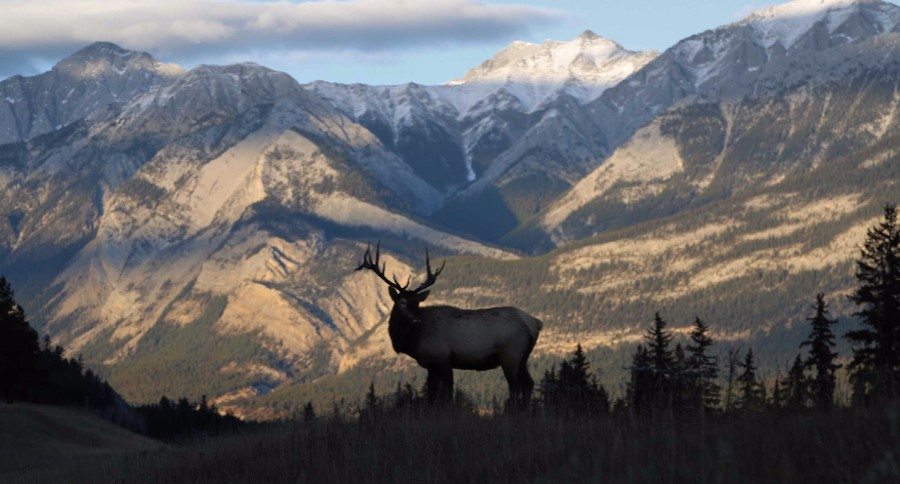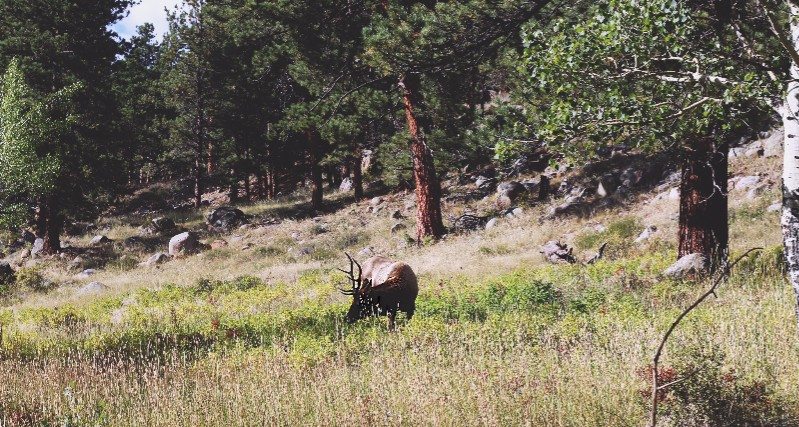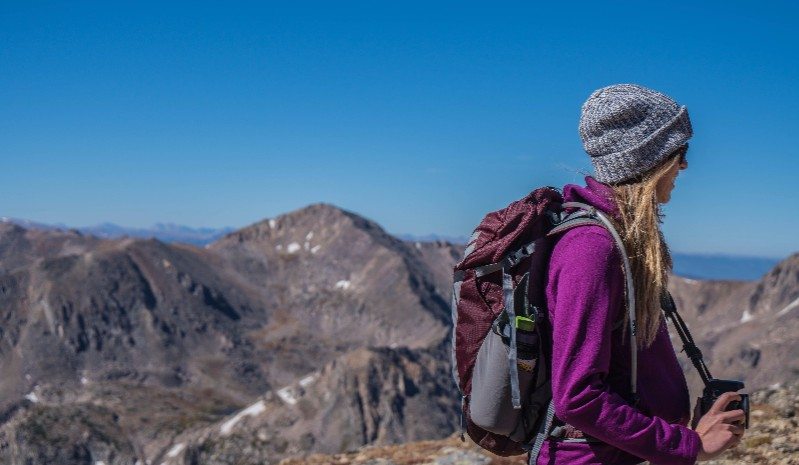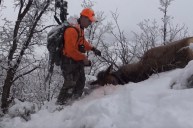Hunting Elk is no small feat. The mountains will have no mercy. Make sure you're up to the challenge by preparing with these tried and true exercises.
You've booked the trip of a lifetime. You're headed out west to hunt one of the largest critters in North America.
A mature bull elk can weigh over 700 pounds and be around 5 feet tall at the shoulder. These mature bulls make up less than 1% of the herd, and even getting a tag is a luck of the draw.
You don't want to waste this.
The number one mistake most guides will tell you hunters make is not being physically prepared for the hunt.
A wounded elk can run five miles through some of the roughest terrain you can imagine, and they've got four legs that are longer than yours.
Not to mention you've got to hike to get a good vantage point to begin with. Oh, and depending on your elevation, you could be breathing thin air.
I really could go on, but I think you get the point.
Hunting elk is hard on your body. So as early as you can, start preparing.
These exercises came at the recommendation of two old guys in their late sixties that, between the two of them, have taken eight bulls in the last eight years. They may call swamp country their home, but every few years they make the trip out west to chase bull elk all over the mountains.
According to them, these exercises will get the job done if you put in the work.
Incline Treadmill
A treadmill that can tilt up to a 20% incline is probably about the best substitute you can get for a mountain at the average gym.
The old adage "practice makes perfect" still holds true, but what makes this an invaluable tool is that it is a convenient simulation.
Walking uphill doesn't just raise your heart rate faster, it stretches your calves out longer. It also builds all the muscles from your butt down to your ankles faster than walking on a flat surface.
Needing strong legs is a given, but stretching the muscles in a similar way will help you keep from cramping up during the hunt.
If you have some weight you'd like to shed before your trip, the increased calorie burn from the incline will help you trim down. The cardio will also help prepare your lungs for the mountain air.
Use as steep an incline as you can manage, and try and keep a steady quick pace.
Squats
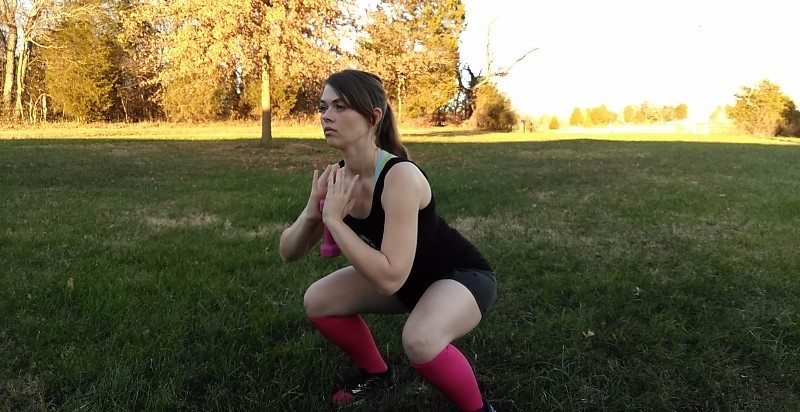
I swear, is there anything squats can't do?
Squats have long been considered a great exercise for your legs, working the muscle from your butt to your calves. Evidence also shows that they engage your core, stabilizer muscles, and promote muscle building all over your body. They also increase your flexibility.
Squats are also considered to be a great functional exercise. Meaning that because they engage so many parts of your body, it's easier to translate that strength into real life applications. Like, for example, hiking up a mountain.
If that isn't enough, working out your core and stabilizer muscles helps with balance and reduces your risk of injury. It may also help you aim in an awkward position.
Plus they require no equipment to get started! So no excuses on this one!
Rucking (Weighted Pack Training)
No matter what, you can probably expect to be packing a little weight around when you start stalking elk. Your rifle's weight alone can wear you down over a distance.
Rucking is the new name for what we used to call pack training. It's essentially training with a weight on your back.
The military has used this technique for a while to try and get recruits adjusted to carrying a heavy pack in the field. Be advised though, there is a right way and a wrong way to do it.
Throwing a backpack on and filling it full of rocks might be cheap, but if you are going to train repeatedly to prepare for your trip it's worth investing in some decent equipment to protect your back as you get into carrying a heavier weight.
A weight vest with removable plates will help you distribute the weight more evenly across your frame. Being able to adjust the weight means you can start at a lower weight and build up gradually.
Furthermore, a weight vest is usually fitted to rest higher on your back. If you do use a backpack and put weight in it, you'll want to fit it up higher to help prevent injury.
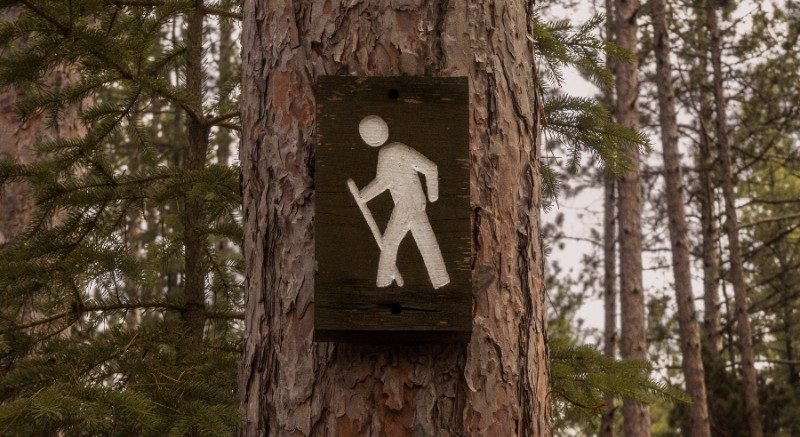
Once you get your weight situated, start hiking. Start with just a little weight and work your way up to just over what you'll be carrying on your trip.
With any exercise program, be sure to talk to your doctor about any concerns and pay attention to what your body is telling you. You don't want to miss your trip because of an injury.
Train hard, train smart, and happy hunting!
NEXT: CAN THIS GUY ACTUALLY TAKE DOWN TWO RATTLESNAKES WITH ONE ARROW?
WATCH
